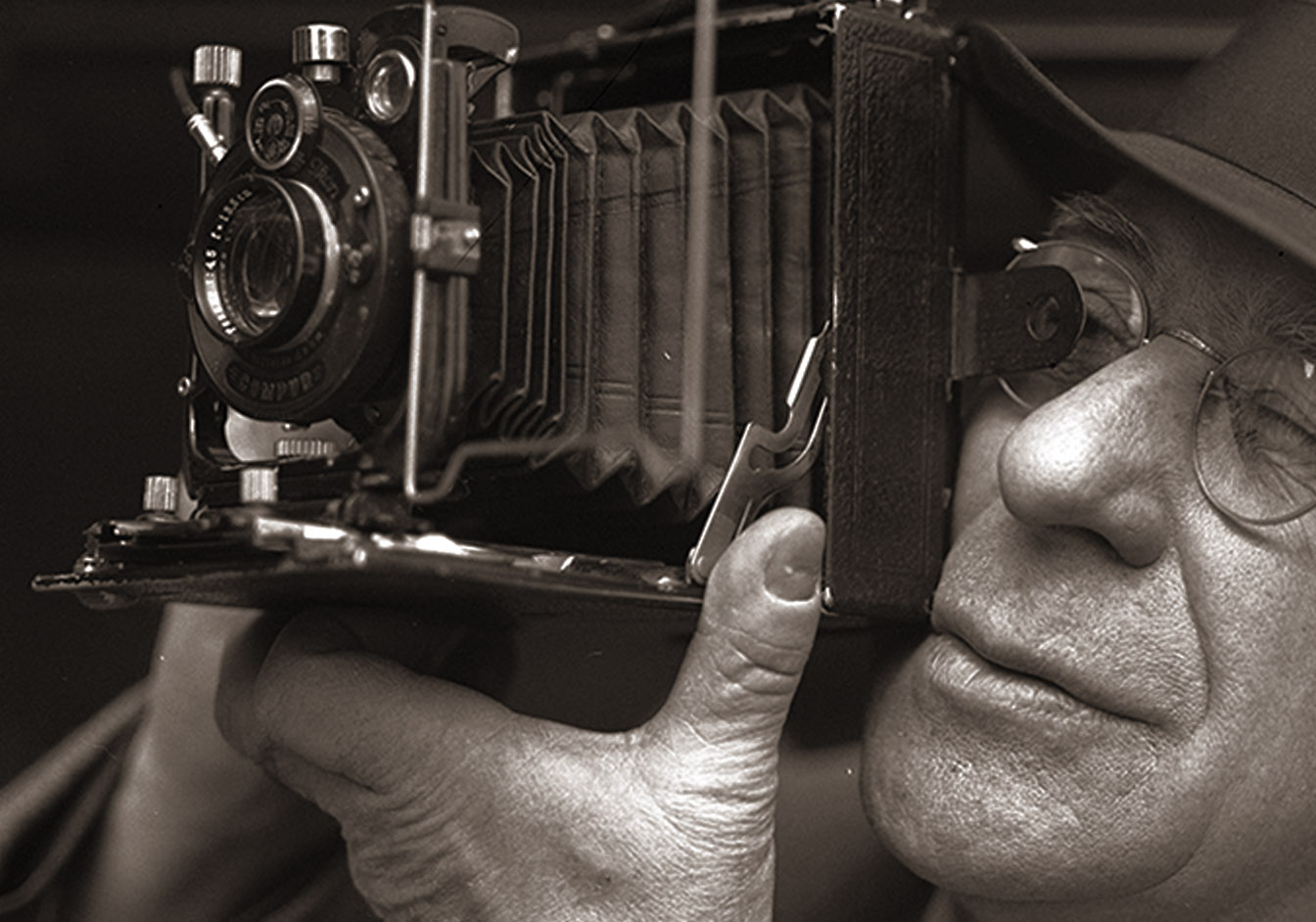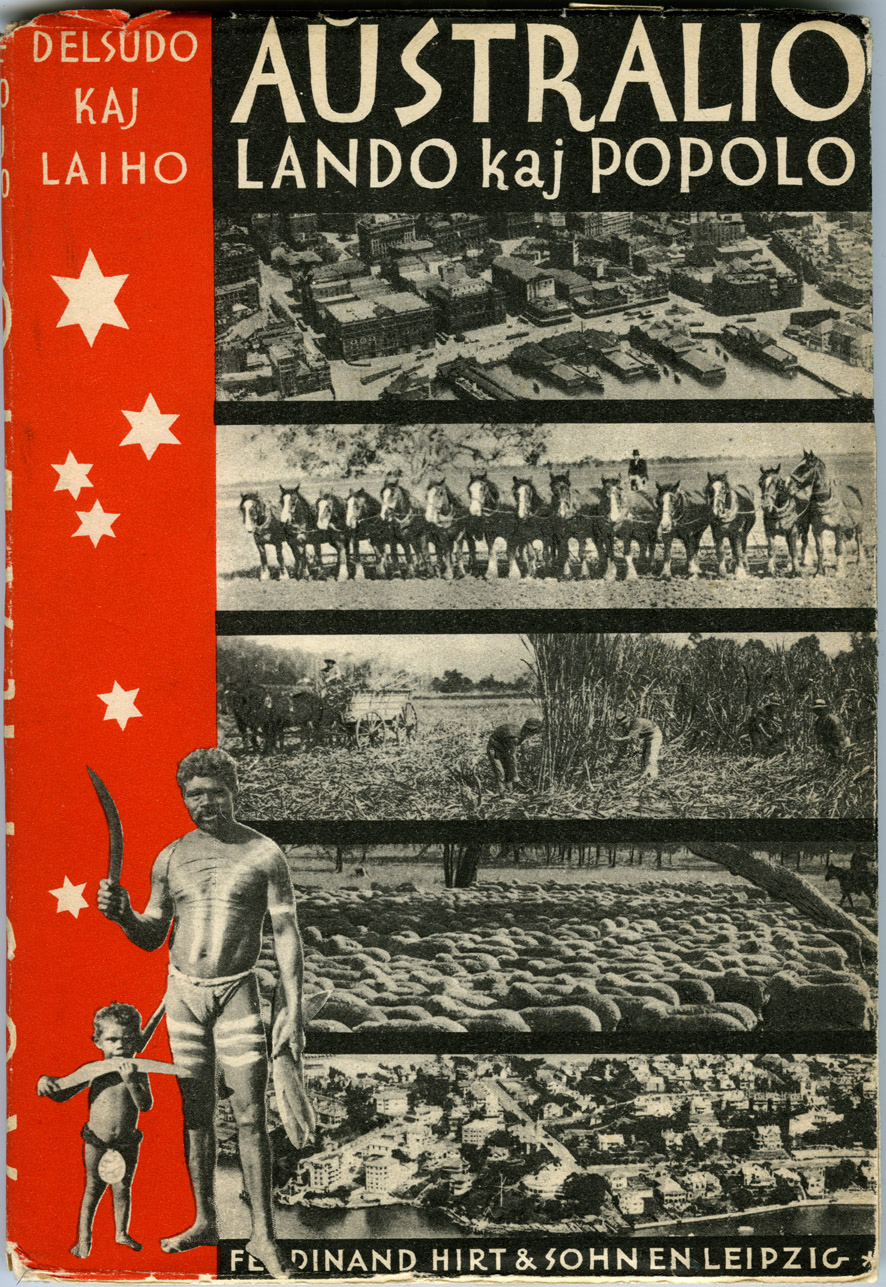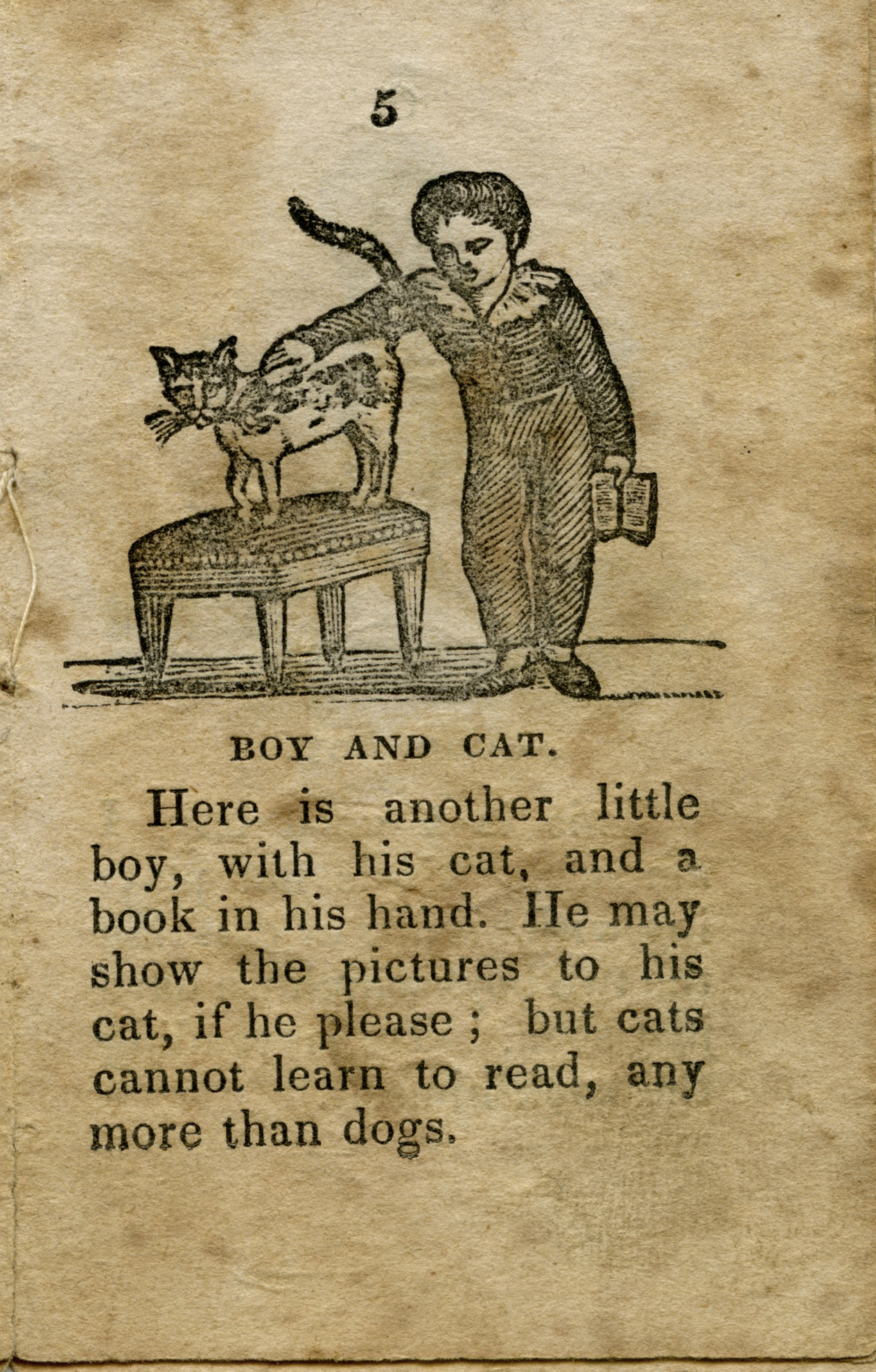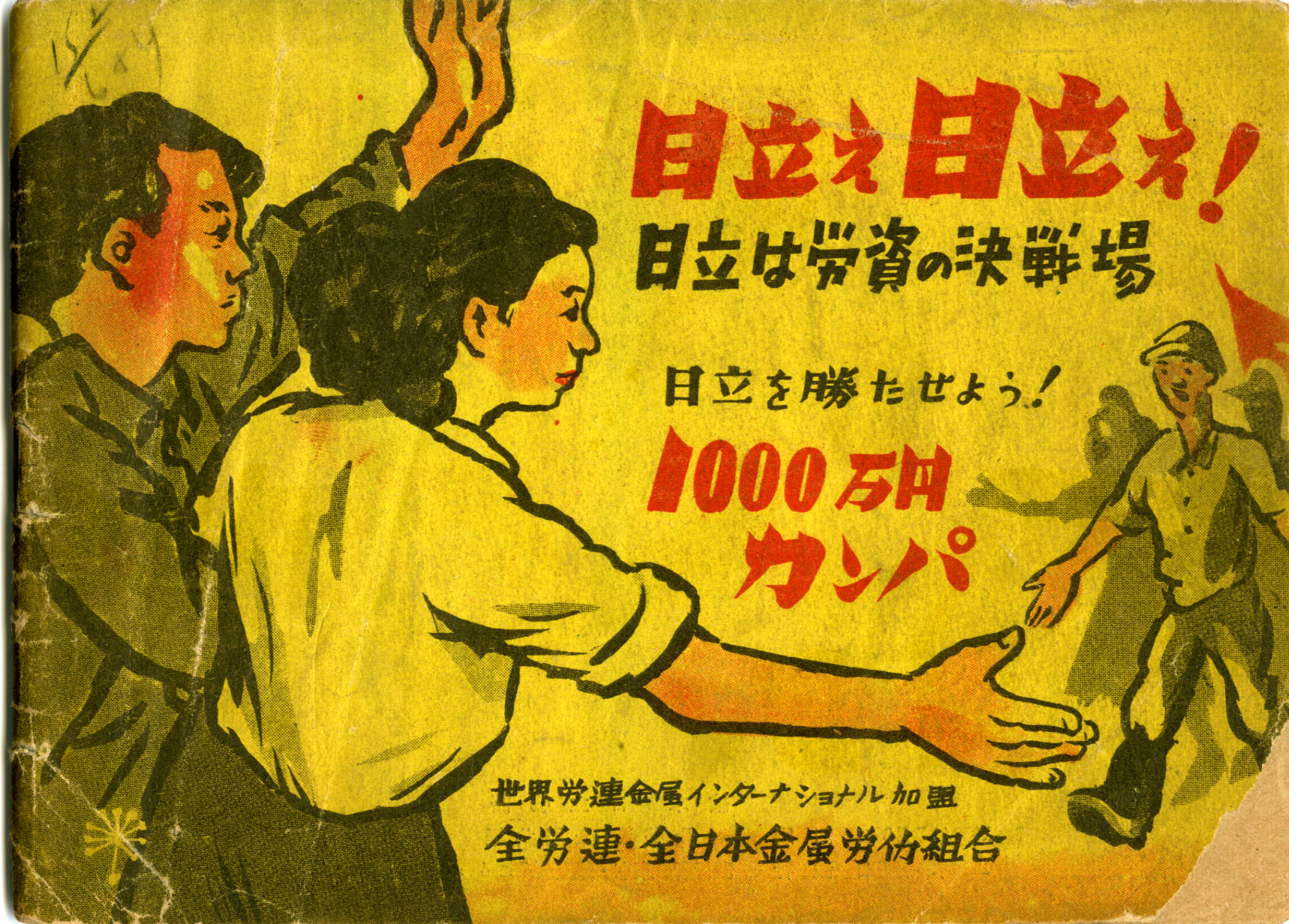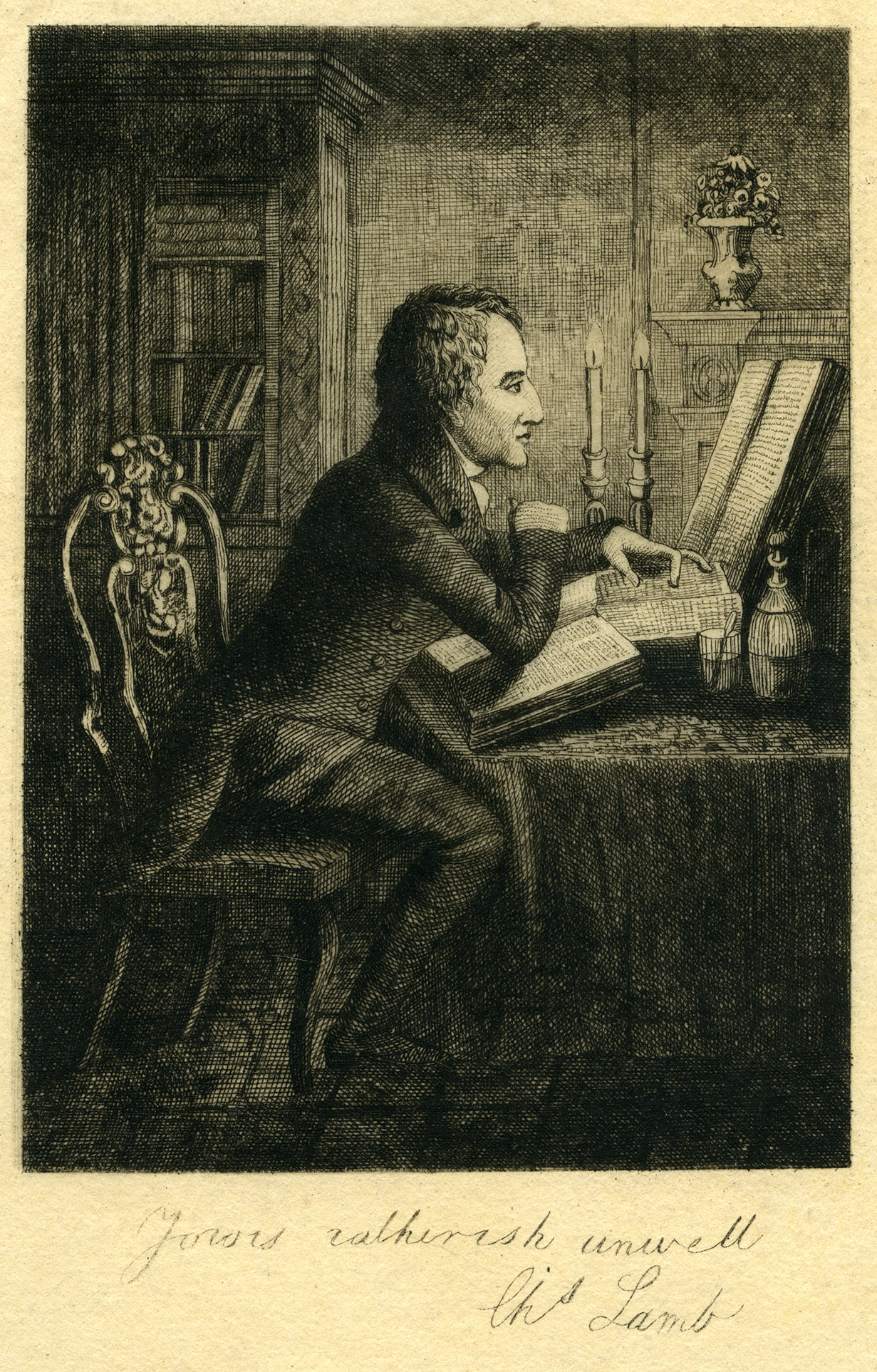Joseph Laurence Black History of the Book Collection
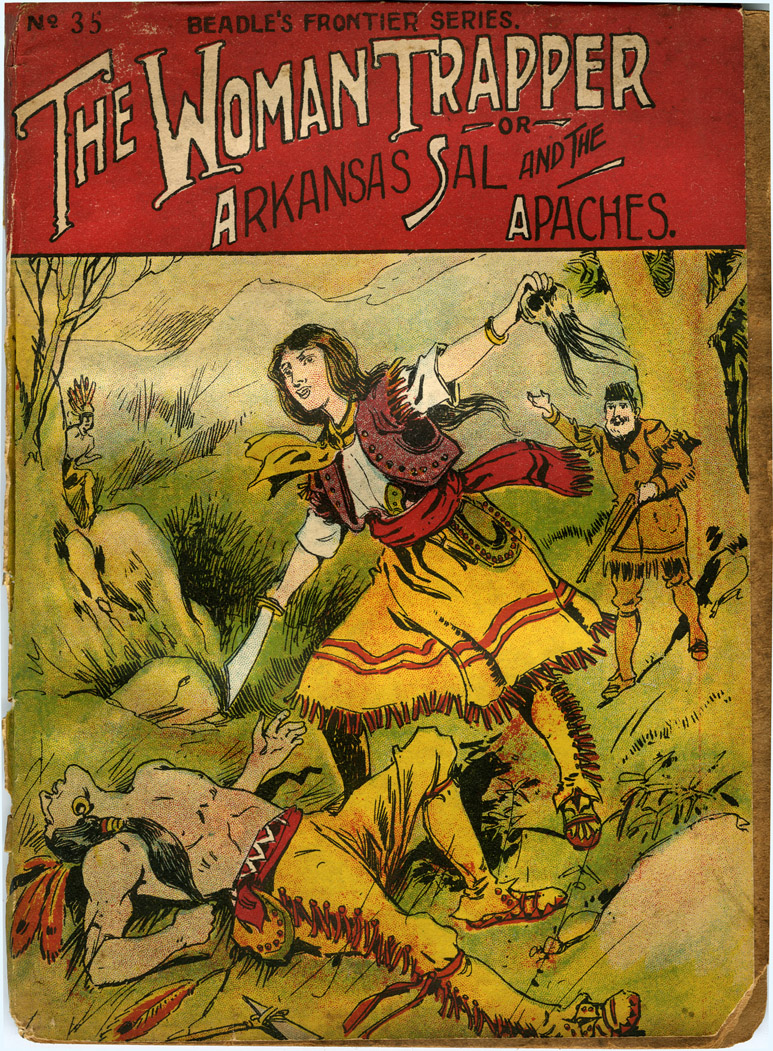
A scholar of early modern British literature, Joe Black received his BA and PhD from the University of Toronto and taught for several years at the University of Tennessee Knoxville before joining the English faculty at UMass Amherst in 1994. Rooted in the history of the book, his research on seventeenth-century literature has examined the intersection between writing and the material and social context of production as well as the dialogue between print and manuscript culture.
The Black collection is an eclectic assemblage of American imprints designed to assist study and instruction in the history of the book. The collection includes two long runs of pulp novels, Beadle’s Frontier Series and the American Revolution-inspired Liberty Boys of ’76, examples of almanacs, prompt books, and works form the early national period in publishers’ bindings.
View the full Black collection in the library’s catalog.

